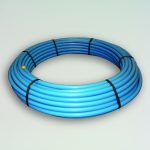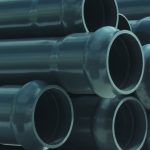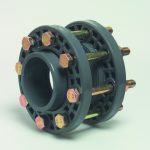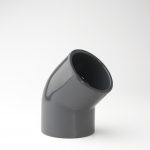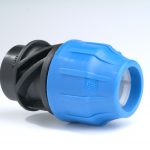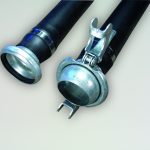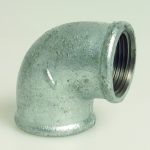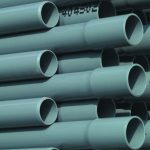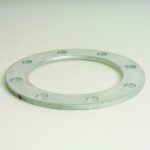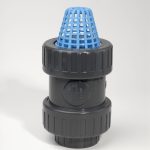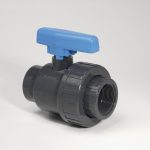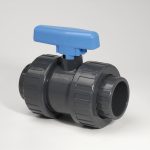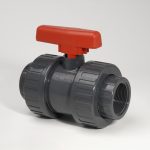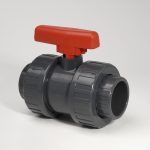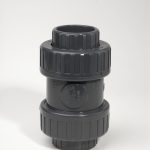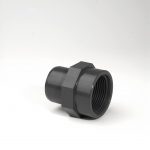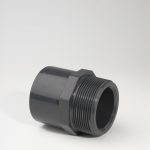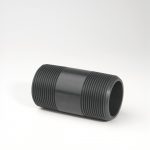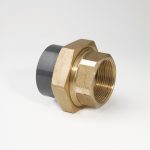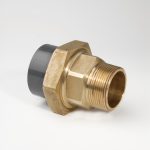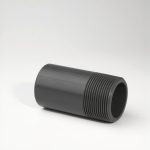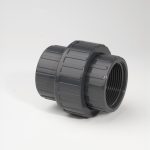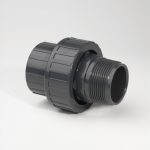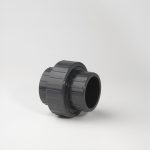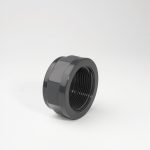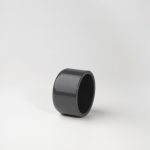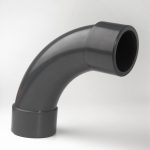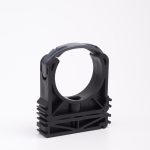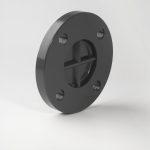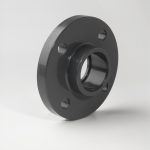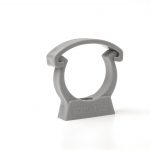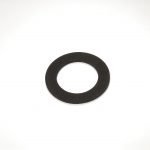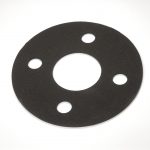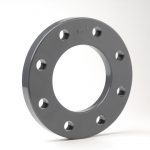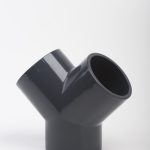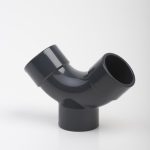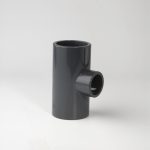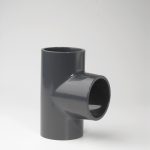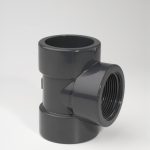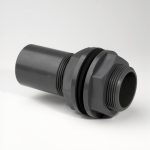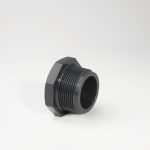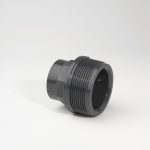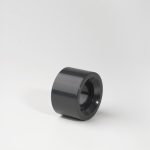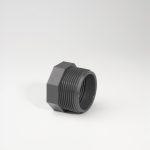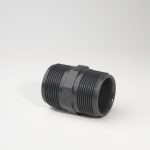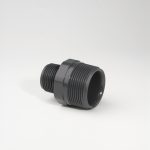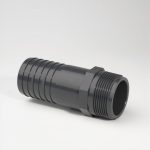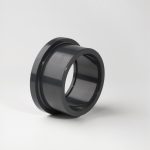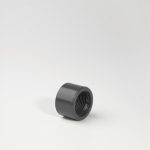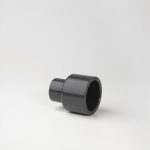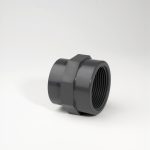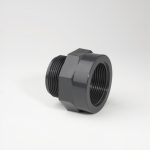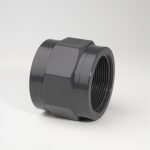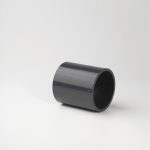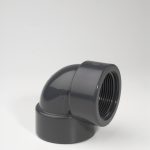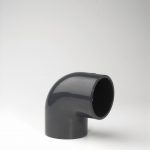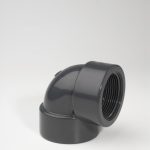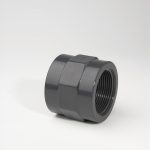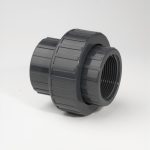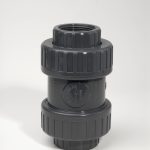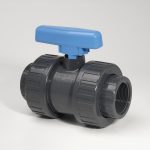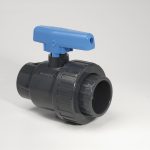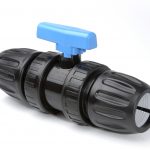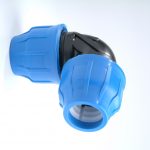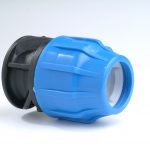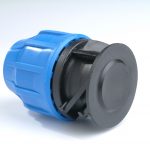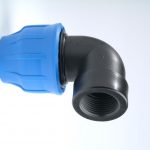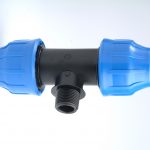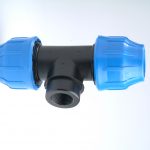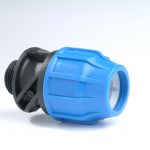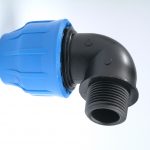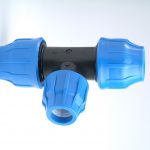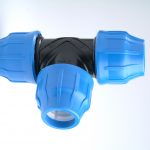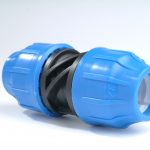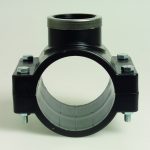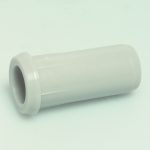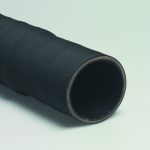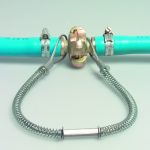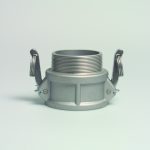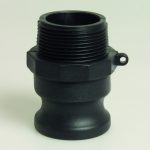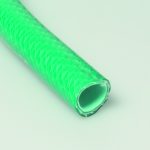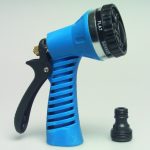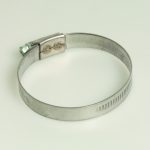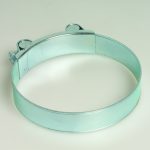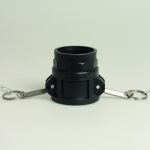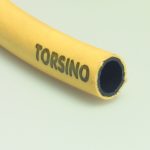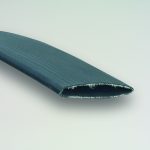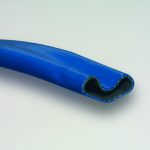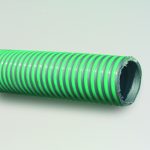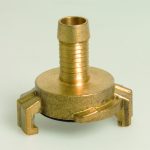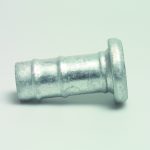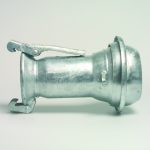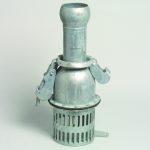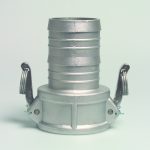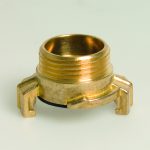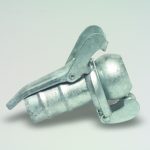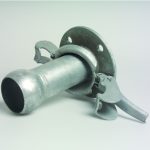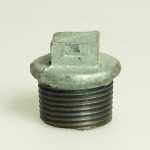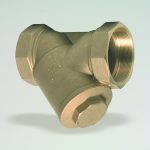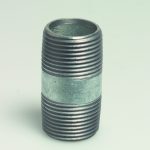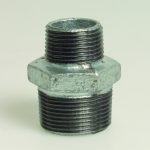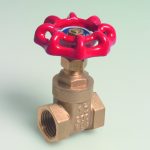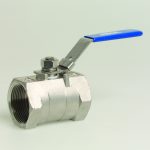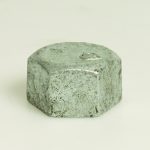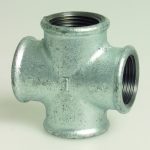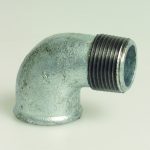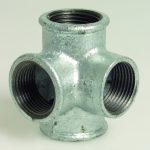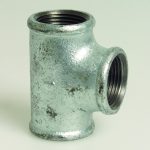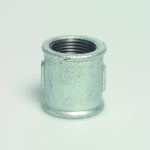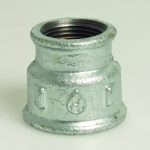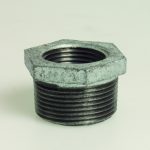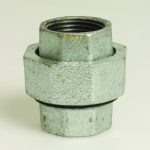Applications:
Pipework is the key part of any liquid processing as the means of transporting the product.
Pipework options are huge, to cover the specific requirements of the endless applications: Liquid/Gas type; Temperature; Budget; Desired Material; Capacity & Size; Flash Point of liquid/Gas; Chemical Resistant; Corrosion Resistance; Abrasion Resistance; Pressure; Regulations; Mechanical Properties; On-site Location and Climate.
To cover the above requirements, we supply many different off-the-shelf pipework systems, broken down into two main categories, plastic, and steel.
As some applications find that it’s not always possible to find off-the-shelf pipework to fit the requirement due to the uniqueness, size, duty, etc of the project. We offer a pipework design and fabrication service to satisfy your specifications, see the infrastructure page on this site.
Plastic:
Most industrial pipework applications are closed systems that require pressure-rated pipework systems, All the plastic systems detailed are pressure rated, unless otherwise stated, falling into two categories: rigid and flexible, each having specific applications and of course, being plastic means they will not corrode.
The off-the-shelf options are huge for these pipework systems for pipes, fittings, clips, and valves to cover the many requirements, making them a preferred option, along with being quick and easy to install and competitively priced.
Rigid:
There are four material systems PVC, ABS, HDPE, and PE, which use the following jointing methods:
- PVC:
- Solvent Weld.
- Threaded – Limited range, used as means of connecting to appliances etc.
- Ring Seal – Push-fit, generally for underground applications where slight movement is necessary.
- ABS:
- Solvent Weld.
- Threaded – Limited range, used as means of connecting to appliances etc.
- HDPE & PE:
- Fusion
PVC (Polyvinyl chloride):
Can only be used for liquids (not compressed air and gases) and should not be exposed to sunlight and sub-zero temperatures for long periods, as these will affect its properties and performance; simply lagging or covering will combat this. Has good abrasion and chemical resistance properties and comes in both the metric and imperial systems.
- Pressure rating up to 16 bars @ 20°C. This rating drops as the temperature increases or decreases
- Temperature range 0°C – 50°C
- Max sizes:
- Solvent Weld: Metric 400mm and Imperial 8”
- Threaded: 4” BSP
- Ring seal:
ABS (acrylonitrile butadiene styrene):
Is a more resistant material than PVC in terms of temperature and mediums, and poor to medium chemical properties, and comes in Imperial system.
Can be used for liquids and compressed air and certain gases and should not be exposed to sunlight for long periods, as it will affect its properties and performance; simply lagging or covering will combat this.
- Pressure range rating up to 16 bars @ 20°C. This rating drops as the temperature increases or decreases
- Temperature range -40°C – 70°C
- Max sizes:
- Solvent Weld: Imperial 8”
- Threaded: 4” BSP
HDPE (High-Density Polyethylene) and PP (Polypropylene):
As these materials are unable to be solvent welded, a fusion welding process is used for jointing, consisting of two methods, butt-fusion, or electrofusion/socket (male and female) fusion. This is done by melting the surfaces to the two mating parts, which fuses the two parts producing an extremely strong fused bond, approx. 90% of the material’s strength.
The heat source is used that is electrically heated.
- Butt-fusion: The two male mating parts (spigots) are pushed up against either side of a hot plate for a few seconds (duration determined by pipework size), the plate is removed, and the two mating parts are pushed together and left for the required time. This method needs equipment to align the two male parts to ensure they are correctly positioned. A raised bead on the inner and outer surfaces is formed by this process, there are methods to remove them but can add significant cost. Also, this is the only option for larger diameters.
- Spigot and socket fusion. There are two methods, which are considered to produce a stronger bond over butt-fusion as there is a greater surface area of contact.:
- Socket Fusion: The principle is the same as butt-fusion, but the flat plate is replaced with spigot and socket forms to correspond to fitting and pipe. An advantage over butt-fusion, no alignment tools are needed.
Electrofusion: A heater element (copper coil) is wound within the socket fitting. The two mating parts are pushed together, and an electrical current is passed through the heater element for a predetermined duration, melting the two surfaces and fusing them. The fittings are generally more expensive to manufacture due to the Heater Coil but are generally preferred as there is less fusion equipment required and a high rate of success for quality joints
Flexible:
Compression:
Although we categorise this as flexible, it’s possibly more accurately a semi-rigid system where the pipes are supplied in coils and are generally used in underground applications, within a purpose-built support system or regular supports, as the nature of the pipe requires generous support.
Pipes are made from MDPE (medium density polyethylene) and the fittings are generally made from PP (polypropylene).
It’s not possible to solvent weld these plastics, therefore pipe fitting connections are compression (push-fit) that have threaded end options for connecting to other systems, appliances etc. These compression fittings can be dismantled and re-used.
Used for cold-warm water systems (WRAS approved) and certain chemical lines, as the chemical resistance is good, but the abrasion properties are poor. Should not be exposed to sunlight for long periods, as it will affect its properties and performance; simply lagging or covering will combat this.
- Pressure range rating @ 20°C. This rating drops as the temperature increases:
- 20-63mm 16 bar
- 75 – 110mm 12.5 Bar
- Temperature range -20°C – 50°C
- Max size:
- Compression 110mm
Hoses:
The range of flexible hoses and associated fittings available these days is simply huge, made from many plastic types and rubbers, making them applicable for a vast array of applications for washing down; flexible connections etc:
- Non-collapsible spiral plastic, fibre, and steel reinforced suction /discharge
- Lay-flat braided reinforced
- Non-kink fibre breaded reinforced
- High pressure reinforced
- Clear transparent, including food quality
- Specialist hoses for chemical resistance
· Accessories: Clamps; Hose Tails; Quick release coupling
Steel:
Steel is the traditional pipework system where many applications are now using the many plastic systems available for a whole host of reasons, generally for cost, ease of installation and better suited for the duty. However, there are many applications where plastic is unable to perform, making steel the only option, due to Pressure; Temperature; Flash Point of liquid; Chemical Resistant; Abrasion Resistance; Regulations; Mechanical Properties; On-site Location and Climate.
There are three main steel off-the-shelf pipework systems, for pipes, fittings, clips and valves made from, black iron, galvanised and stainless steel (SS). All have a threaded jointed system with a huge range of fittings available. SS has two grade options, 304 and 316 to cater for specific duties and also has another jointing system, butt welded fittings. Each material type is suited to specific applications as well as cost.

